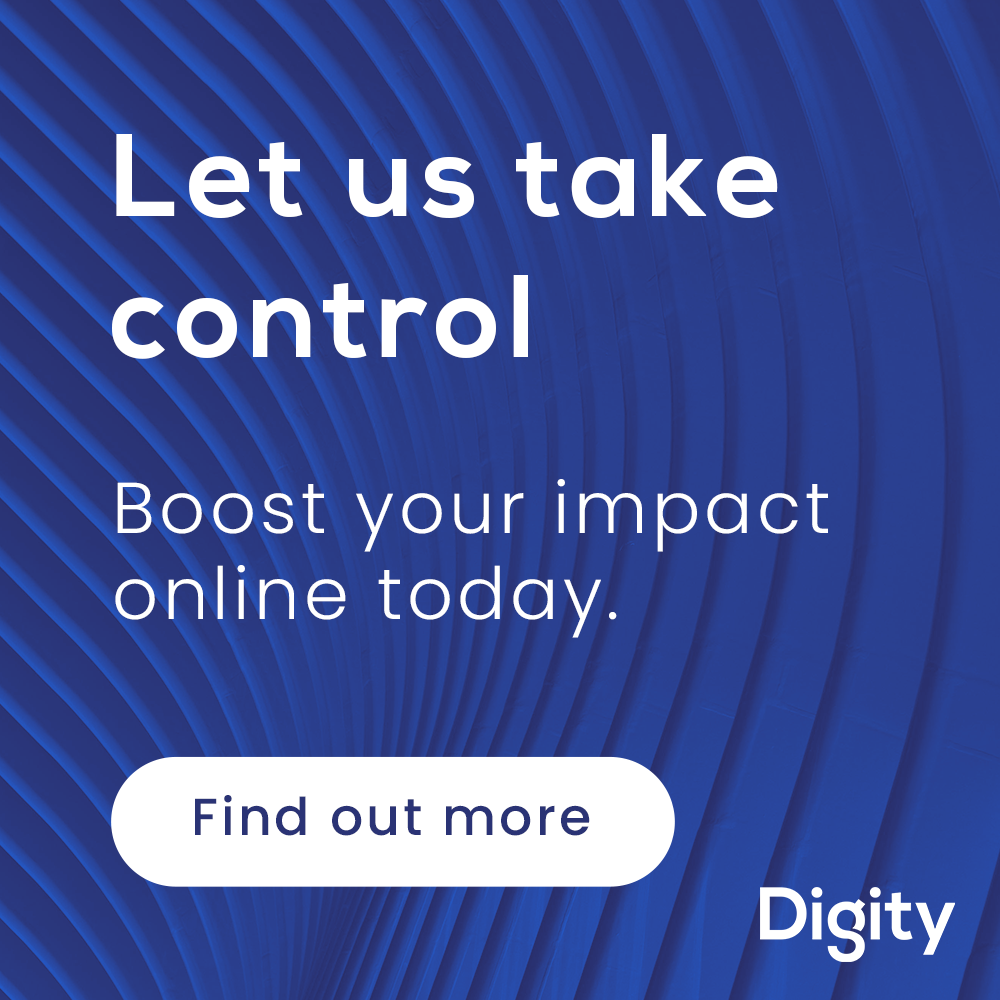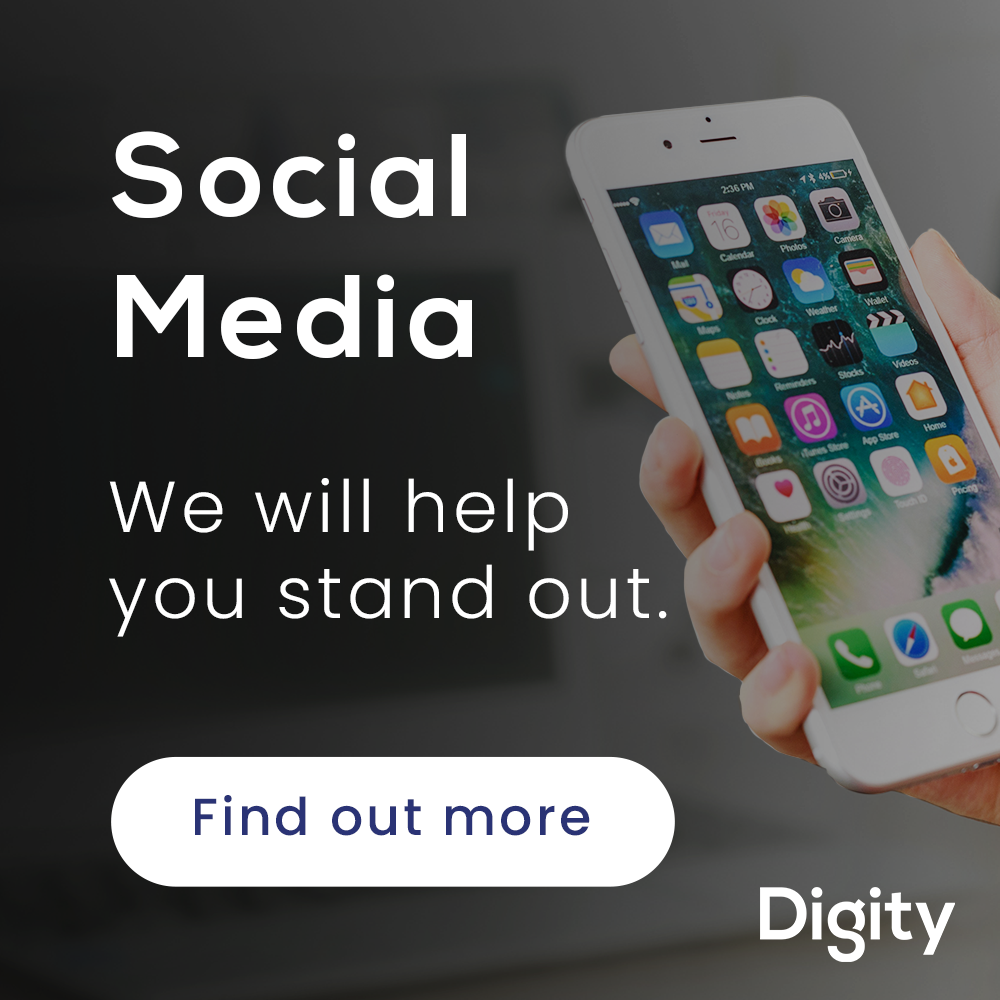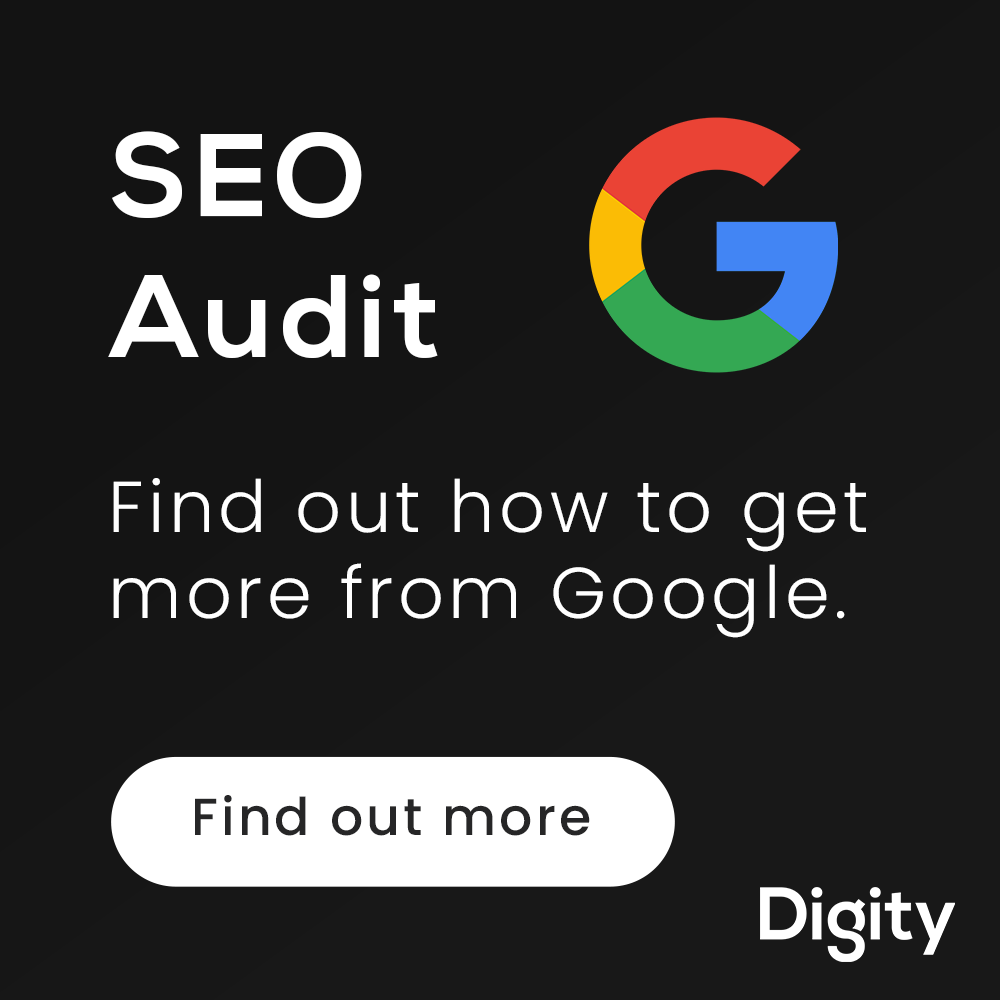The Digity Best Practice Guide to Creating High-Quality, Converting Emails
Email is one of the only channels that gives you a direct line to leads and customers individually.
99% of customers check their email every day, while 80% of business professionals believe email marketing increases customer retention (Hubspot). If your goal is to improve sales and grow your brand’s reputation, email marketing is an invaluable tool.
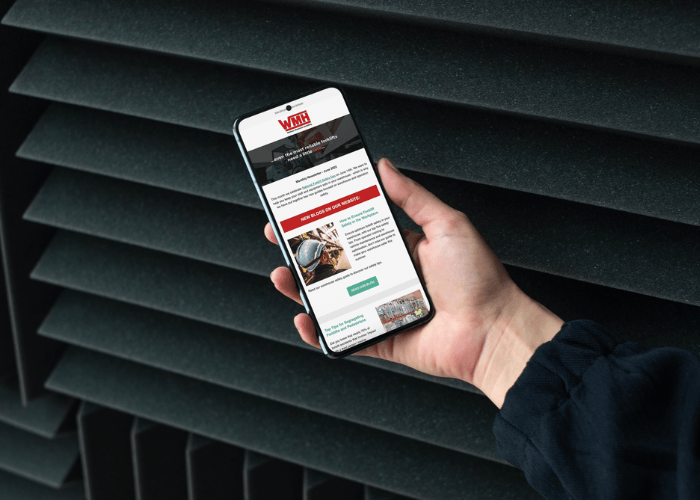
That being said, email marketing is often a missed opportunity, neglected by businesses due to lack of training/knowledge, or simply because they do not realise its impact potential. We work with
clients across all different industries, in both B2B and B2C, to get them in front of new audiences, re-engage with old prospects, and inspire their current customers, prospects and suppliers.
But how do we create high-quality converting emails time and time again? Below are 15 steps we take in every email marketing campaign to create impactful email campaigns:
1. Know Your Audience
Knowing your audience is the first step to take when creating your email lists. If you don’t know who you’re addressing, it is unlikely your emails will capture the attention of your recipient. Research your target audience and find out their mindset, interests, preferences, perspectives and more. Find out as much as you can about your buyer so that your messages come across as relevant and targeted.
2. Get the Right Email Builder/Templates
Before you begin creating your emails, it’s important to select the right email marketing tool. Luckily, you don’t need any coding skills to create emails these days, and there are various options to choose from. Our favourite tools are Mailchimp and Zoho, which allow you to easily drag and drop your content to build your email, putting together a design in minutes. With scheduling tools, list segmentation, reporting and more, these platforms not only make building and sending emails a lot easier, but also ensure we can develop our emails to improve CTR, opens and conversions.
3. Clean, Responsive Email Layouts
Generally speaking, sticking to a single-column layout with content divided into stacks is the most effective way to layout an email. This is because it ensures it looks the same on both mobile and desktop. We like to create templates for each of our clients, which helps to create a consistent look throughout their communications. This is also beneficial for content writing, as we know roughly how much content is required for each email. Layouts should always enhance the messaging, rather than compress it.
4. The Inverted Pyramid
A fundamental design principle that every marketer should know not only for emails but for landing pages and CTAs in general, is the inverted pyramid. This refers to when content stacks continuously decrease in width, essentially pointing towards a CTA or element you want to highlight. This guides the reader’s eye to the important element and makes content more ‘scannable’. This often consists of a key heading, followed by smaller text to expand on the heading, and finally a compelling CTA.
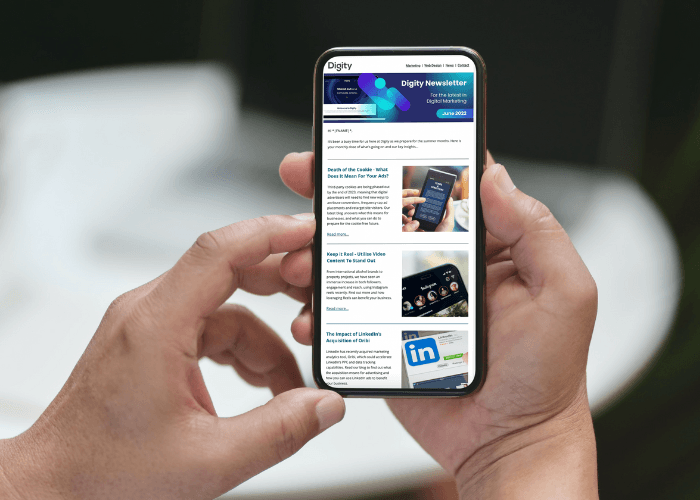
5. Include One Clear and Concise CTA per Email
While we’re on the topic of CTAs, it is important to always use a clear and concise CTA. Some best practices we like to follow to optimise conversions are:
- Width – Place your CTAs in a full-width div with centre-aligned text to make them unmissable as users scroll down.
- Copy – Make your CTA copy actionable and compelling.
- Contrast – Use plenty of contrast so your text and CTA button stand out.
- Size – Make sure your text and buttons are large enough to read and your buttons large enough to tap on mobile.
- Secondary CTA – Have a secondary CTA further down your email for users who don’t convert with your first one.
6. Include Imagery that Immerses Users in Customer Experience
The best visuals are those that immerse users in the experience of using your products or services. It’s not your product people are buying into, it’s the idea of what it’s like to use it and the lifestyle they associate with it. This may be a little more challenging for some products than others (e.g software), but the same principle still applies. Make sure the imagery clearly communicates the benefits of your product or service and the lifestyle of users.
7. Be Relevant and Concise
Keep your emails relevant, short and concise. Using catchy ways to communicate your products or solutions will get your message access much faster and make it a lot more memorable to your reader than a lengthy email.
8. Get Personal (But Not Too Personal)
Did you know that email personalisation can increase transaction rates by 600%? This can include using people's names to address them, sending them rewards for being loyal customers, or even sending them reports to show how they can get more from your software or products that are on sale that matches their preferences. However, beware not to get too personal - using names in subject lines can come across as spammy!
9. Segment Your List
As mentioned, an email campaign should connect with users on an individual level. Part of the way this can be achieved is through segmenting your list and sending relevant messages to recipients based on their data and previous actions. This allows highly focused messages to be created, targeting users at each stage of the sales funnel to guide them towards the next conversion.
10. Create Attractive Subject Lines
Email subject lines act as bait - if they are enticing enough, they will draw the reader in, however, if they aren’t, it is likely the email will sit unopened in the inbox. You should always try to create attractive subject lines that are concise (61-70 characters) and narrow down your key selling point. Following this, create some preview text that will be shown in inboxes and notifications, again clarifying the key message you want to get across.
11. Offer Free Value
Offering free value via your emails can be one of the most effective ways to attract your audience. This can come in many forms but is mostly given through offering useful information without asking for anything in return. Your emails should provide educational, inspirational, motivational, and informative content free of charge.
12. Leverage the Basics of Psychology
Psychology is extremely important in email marketing, and there are many ways it can be used to increase open rates and CTR, such as:
- Colour psychology
- Subconscious understanding
- FOMO (fear of missing out)
- Pictures and videos that spark intense emotions
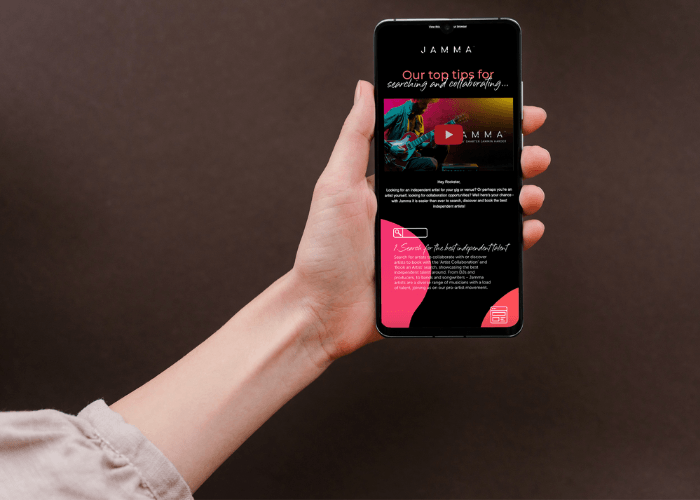
13. Exclusive Offers and Incentives
If your customer has already signalled an interest in your company by signing up to your mailing list, then providing them with exclusive offers and incentives is the next step to further engage them and eventually convert them. A few tactics we like to use are:
- Scarcity: Make it clear there’s a limited supply of something and people are going to fear they’ll miss out by not converting now.
- Urgency: Putting a deadline on special deals will encourage people to convert now or risk missing out.
- Freebies: 2-for-1s and other incentives to make people feel like they’re getting a great deal.
- Money-back guarantees: Show people they’ve got nothing to lose.
- Free trials: Give customers a free taste and show them what you can really do.
- Exclusivity: Create VIP memberships or special incentives for higher price tags.
14. Deliverability
At the end of the day, it doesn’t matter how pretty your email design is, if it doesn’t reach your customer's inbox, it will never achieve its goal. Fake email addresses, spam filters and unsubscribers can all get in the way of your emails reaching their intended recipient. While you can’t guarantee 100% deliverability rates, choosing a reputable marketing software, designing a clear campaign, ensuring your subscribers have opted-in to receive your emails and using A/B or multivariate testing to learn how changes with your content affects delivery and engagement, can all help to reduce spam delivery.
15. Test, Optimise, Scale
And finally - test, test, test your emails! A/B testing is essential to discover what is most successful for your customers. Try different subject lines, layouts, imagery, copy and even CTAs to determine which results in the most conversions. This will also help you determine if there are any issues with your camping, and allow you to fix them. If the results are positive, the campaign can be scaled.
With these 15 tips for creating high-quality converting emails, you should be ready to design and deliver emails that generate higher open rates and inspire more users to take action.
If you want to know more about how we can help you to create effective email marketing campaigns,
visit our website or
get in touch.
The
website is often just the start of clients’ journeys with us. Our marketing visions go way beyond the basics to help your business excel online and grow offline.
This blog post was written by:
Find out more
If you'd like to see how our team can help your business, get in touch:

